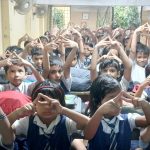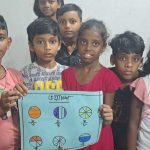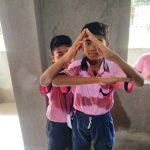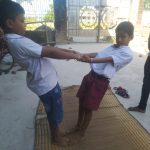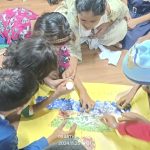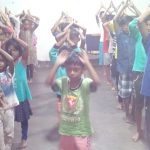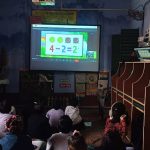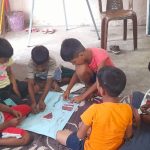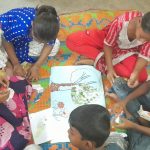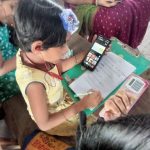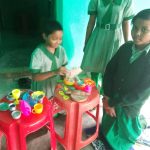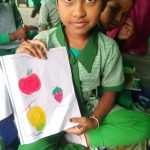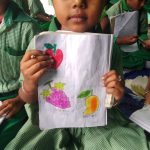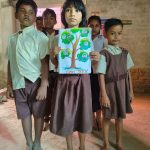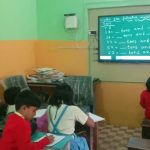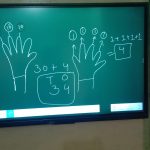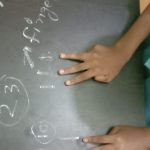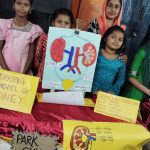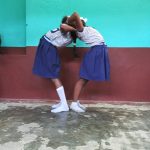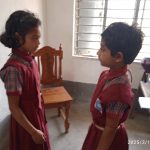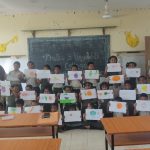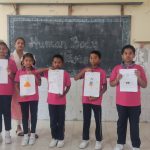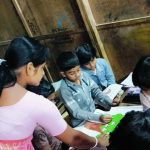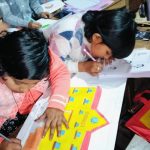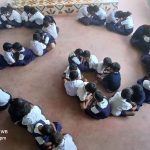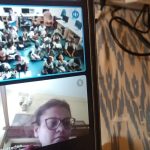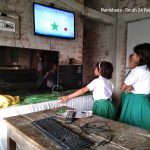Art Integrated Learning – A Transformative Approach to Holistic Education
In an age where the conventional methods of education are being questioned, Art Integrated Learning (AIL) emerges as a beacon of innovation. This approach to teaching and learning transcends traditional educational boundaries, offering students a rich, multidimensional experience that goes beyond the confines of textbooks and standardized tests. AIL harnesses the power of the arts—whether visual, musical, theatrical, or literary—to create a vibrant educational environment that nurtures creativity, critical thinking, and emotional intelligence.
At its core, AIL is an educational model that seamlessly weaves art into the fabric of the curriculum, making it both a medium and an outcome of learning. Whether it’s using drama to explore historical events, visual arts to understand geometric patterns, or music to delve into language rhythms, AIL transforms abstract concepts into tangible experiences. This method is not just about adding art to the curriculum but it’s about integrating it in a way that enhances and deepens students’ understanding and knowledge retention across various subjects. By doing so, AIL cultivates a learning environment where students are encouraged to think divergently, connect with their inner creativity, and engage with their education in a meaningful way.
Pathanam’s Unique Role in Promoting AIL Across Rural and Urban Schools-
Pathanam, ⁷ visionary approach in the educational sector, has taken significant strides in promoting Art Integrated Learning across both rural and urban schools in West Bengal. Drawing inspiration from the educational philosophies of Kabi Guru Rabindranath Tagore, who championed the integration of art in academics, Pathanam has embarked on a mission to bring AIL to life in classrooms from the bustling city of Kolkata to the remote villages of the Sundarbans.
One of the most remarkable aspects of Pathanam’s initiative is its inclusivity. Recognizing the diversity of educational contexts in West Bengal, Pathanam has tailored its AIL programs to meet the needs of both urban and rural students. In elite English medium schools like South Point School in Kolkata, AIL is implemented in a way that complements the existing curriculum, enhancing the students’ learning experience. Meanwhile, in rural schools, where resources are often limited, Pathanam has designed AIL programs that are both accessible and impactful, ensuring that every child, regardless of their background, can benefit from this holistic approach.
Pathanam’s efforts are spearheaded by Dr. Sharbari Banerjee, a renowned musicologist and art educationist associated with DEAA, NCERT. Dr. Sharbari Banerjee from Delhi has been instrumental in training teachers in both rural and urban areas, equipping them with the skills and knowledge to effectively integrate art into their teaching. Her innovative training methods focus on creating a ripple effect, where trained teachers in turn educate their peers, leading to a widespread adoption of AIL across the state. This approach not only empowers teachers but also fosters a collaborative spirit within the educational community, ensuring that the benefits of AIL are felt far and wide.
The Advantages of AIL and Pathanam’s Impact:
The advantages of Art Integrated Learning are manifold. AIL helps students develop critical thinking and problem-solving skills, enhances their motor and language abilities, and promotes social development. It also allows students to connect with their culture and the world around them, fostering a sense of belonging and global awareness. By making learning an active and engaging process, AIL helps students retain knowledge more effectively, leading to better academic outcomes.
Pathanam’s pioneering work in implementing AIL has had a transformative impact on the educational landscape of West Bengal. From the classrooms of South Point School to the remote villages of the Sundarbans, Pathanam is breaking down barriers and ensuring that every child has access to a holistic and enriching education. Through its innovative programs and collaborative approach, Pathanam is not just changing the way students learn; it’s redefining the very nature of education in West Bengal, paving the way for a brighter, more inclusive future.
AIL Implementation in rural Bharat
Pathanam: Reigniting Art Integrated Learning in Rural Classrooms of West Bengal
Since the passing of Rabindranath Tagore, the emphasis on holistic and creative learning has diminished in rural West Bengal, where rote memorization has often taken precedence over experiential education. Pathanam, in collaboration with The Education Trust and Rotary International District 3291, has taken a pioneering step in reviving the essence of Art Integrated Learning (AIL) across 11 rural districts in West Bengal and the Andaman and Nicobar Islands. This initiative aligns with Tagore’s philosophy of learning through artistic and cultural expressions, ensuring that students in the remotest parts of India receive an enriched and meaningful education.
Pathanam’s integration of AIL has been guided by Dr. Sarbari Banerjee, a distinguished musicologist from the Department of Education in Arts and Aesthetics, NCERT. Her expertise has played a crucial role in formulating innovative strategies that blend art with academic subjects, making learning an immersive experience for rural students. By weaving music, dance, drama, and visual arts into everyday teaching methodologies, Pathanam has successfully transformed classrooms into creative hubs where children not only learn but also express and explore.
A key milestone in this initiative was the collaboration with South Point Junior School, where foundational stage educators received training on AIL methodologies. This model has been replicated across rural schools, ensuring that teachers are well equipped to implement these creative pedagogies effectively. With hands on training and support, educators have begun to foster an environment where learning is no longer confined to textbooks but extends to artistic explorations.
Pathanam’s intervention has redefined education in rural areas by proving that art is not an extracurricular luxury but an essential tool for cognitive, emotional, and social development. This movement, rooted in Tagore’s educational philosophy, is not just preserving but revolutionizing the future of education in rural India.


